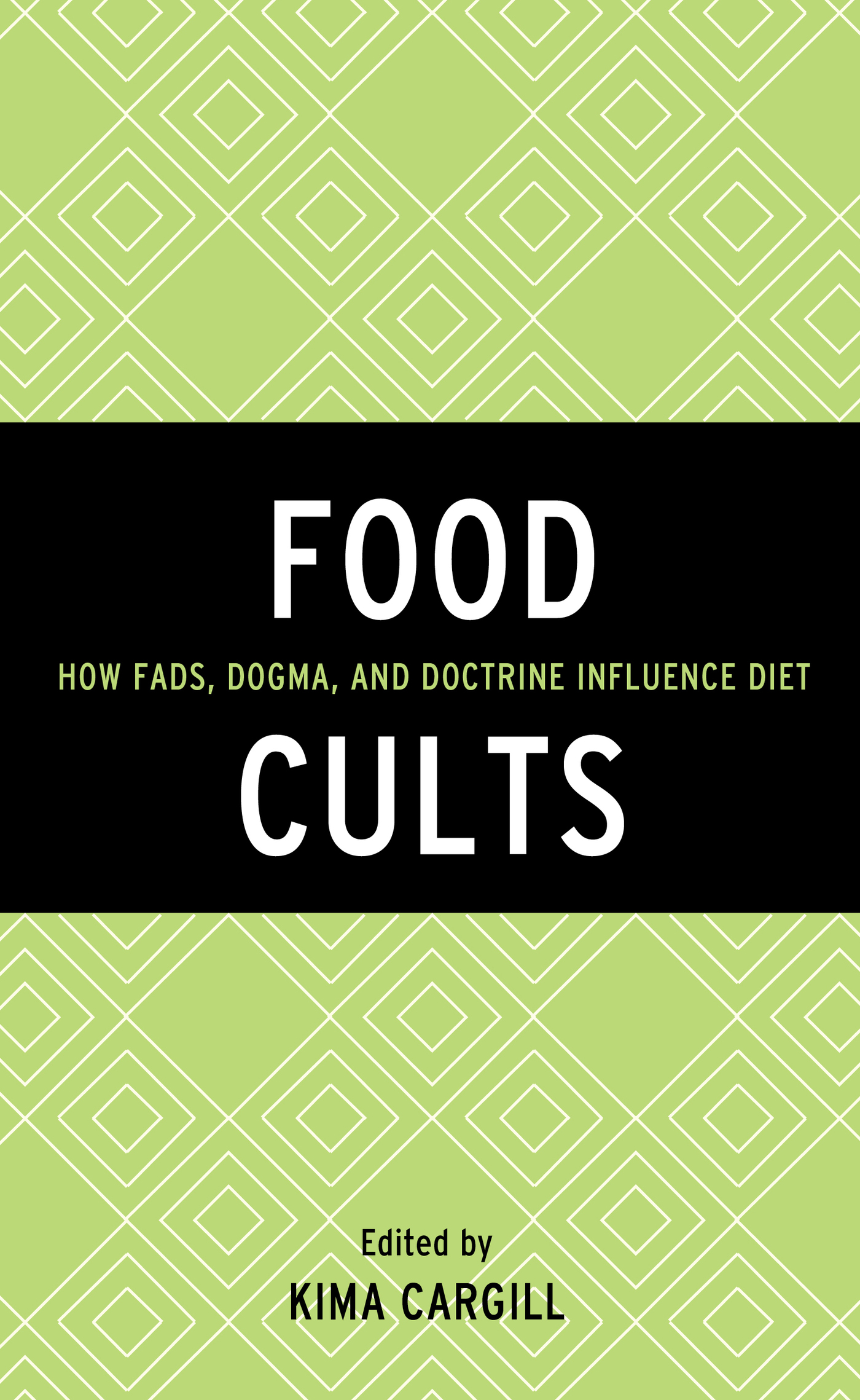Food Cults
Rowman & Littlefield Studies in
Food and Gastronomy
General Editor:
Ken Albala, Professor of History, University of the Pacific (kalbala@pacific.edu)
Rowman & Littlefield Executive Editor:
Suzanne Staszak-Silva (sstaszak-silva@rowman.com)
Food studies is a vibrant and thriving field encompassing not only cooking and eating habits but also issues such as health, sustainability, food safety, and animal rights. Scholars in disciplines as diverse as history, anthropology, sociology, literature, and the arts focus on food. The mission of Rowman & Littlefield Studies in Food and Gastronomy is to publish the best in food scholarship, harnessing the energy, ideas, and creativity of a wide array of food writers today. This broad line of food-related titles will range from food history, interdisciplinary food studies monographs, general interest series, and popular trade titles to textbooks for students and budding chefs, scholarly cookbooks, and reference works.
Titles in the Series
Appetites and Aspirations in Vietnam: Food and Drink in the Long Nineteenth Century, by Erica J. Peters
Three World Cuisines: Italian, Mexican, Chinese, by Ken Albala
Food and Social Media: You Are What You Tweet, by Signe Rousseau
Food and the Novel in Nineteenth-Century America, by Mark McWilliams
Man Bites Dog: Hot Dog Culture in America, by Bruce Kraig and Patty Carroll
A Year in Food and Beer: Recipes and Beer Pairings for Every Season, by Emily Baime and Darin Michaels
Celebraciones Mexicanas: History, Traditions, and Recipes, by Andrea Lawson Gray and Adriana Almazn Lahl
The Food Section: Newspaper Women and the Culinary Community, by Kimberly Wilmot Voss
Small Batch: Pickles, Cheese, Chocolate, Spirits, and the Return of Artisanal Foods, by Suzanne Cope
Food History Almanac: Over 1,300 Years of World Culinary History, Culture, and Social Influence, by Janet Clarkson
Cooking and Eating in Renaissance Italy: From Kitchen to Table, by Katherine A. McIver
Eating Together: Food, Space, and Identity in Malaysia and Singapore, by Jean Duruz and Gaik Cheng Khoo
Nazi Hunger Politics: A History of Food in the Third Reich, by Gesine Gerhard
The Carrot Purple and Other Curious Stories of the Food We Eat, by Joel S. Denker
Food in the Gilded Age: What Ordinary Americans Ate, by Robert Dirks
Food Cults: How Fads, Dogma, and Doctrine Influence Diet, edited by Kima Cargill
Food Cults
How Fads, Dogma, and Doctrine
Influence Diet
Edited by Kima Cargill
ROWMAN & LITTLEFIELD
Lanham Boulder New York London
Published by Rowman & Littlefield
A wholly owned subsidiary of The Rowman & Littlefield Publishing Group, Inc.
4501 Forbes Boulevard, Suite 200, Lanham, Maryland 20706
www.rowman.com
Unit A, Whitacre Mews, 26-34 Stannary Street, London SE11 4AB
Copyright 2017 by Rowman & Littlefield
All rights reserved. No part of this book may be reproduced in any form or by any electronic or mechanical means, including information storage and retrieval systems, without written permission from the publisher, except by a reviewer who may quote passages in a review.
British Library Cataloguing in Publication Information Available
Library of Congress Cataloging-in-Publication Data
Names: Cargill, Kima, author.
Title: Food cults : how fads, dogma, and doctrine influence diet / edited by Kima Cargill.
Description: Lanham : Rowman & Littlefield, [2017] | Series: Rowman & Littlefield studies in food and gastronomy | Includes bibliographical references and index.
Identifiers: LCCN 2016027109 (print) | LCCN 2016046779 (ebook) | ISBN 9781442251311 (cloth : alk. paper) | ISBN 9781442251328 (electronic)
Subjects: LCSH: Food habitsSocial aspects. | Food preferencesSocial aspects. | NutritionSocial aspects. | DietSocial aspects.
Classification: LCC GT2855 .F658 2016 (print) | LCC GT2855 (ebook) | DDC 394.1/2dc23
LC record available at https://lccn.loc.gov/2016027109
 TM The paper used in this publication meets the minimum requirements of American National Standard for Information Sciences Permanence of Paper for Printed Library Materials, ANSI/NISO Z39.48-1992.
TM The paper used in this publication meets the minimum requirements of American National Standard for Information Sciences Permanence of Paper for Printed Library Materials, ANSI/NISO Z39.48-1992.
Printed in the United States of America
Introduction
What do we mean when we call any group a cult? Defining that term is a slippery proposition; the word is provocativeeven pejorative, according to some. Does it necessarily refer to a religious group? A group with a charismatic leader? Or something darker and more sinister?
Most people associate the term cult with religion. Indeed, the term originated in the early seventeenth century from the Latin cultus, meaning to worship. Early sociologists in the United States and Germany introduced this term as a sociological classification to distinguish different types of religious behavior.
Recently scholars have attempted to neutralize the connotation of the word cult, arguing that membership is often part of a larger quest for spirituality and community.
Cults cut across religion, psychotherapy, self-help, politics, and business trainings; Membership in a food cult often becomes a central organizer of ones identity, revolving around a group dogma or ideology, often providing a conversion experience, a charismatic leader, and a community of worship (either in person or, increasingly, online). Documenting these extreme beliefs and practices allows us to see the ways in which food serves as a nexus for religious beliefs, pseudoscience, sexuality, death anxiety, preoccupation with the body, asceticism, and hedonism, to name a few.
Outside of academic discussions, we can also see where the term cult is increasingly used in popular culture to refer to the near-religious devotion for certain consumer brands (e.g., Cult of Mac), as well as a way to describe powerful trends that straddle health, fitness, and spirituality (e.g., the cult of Bikram yoga). The Oxford English Dictionary embraces this broader usage, defining cult as
A particular form or system of religious worship or veneration, esp. as expressed in ceremony or ritual directed towards a specified figure or object.
A relatively small group of people having (esp. religious) beliefs or practices regarded by others as strange or sinister, or as exercising excessive control over members.
A collective obsession with or intense admiration for a particular person, thing, or idea.
Thus we should also consider food cults through the lens of popular culture, allowing us to see how dietary ideologies mediate identity within the context of a consumer economy. In fact, anthropologist Marvin Harris suggested that in market economies such as the United States, good to eat may mean good to sell, highlighting how our food preferences, beliefs, and choices are often shaped by supply-side forces. To that end, many of the contributors to this volume explore how contemporary Western dietary trends emerge simply because they are sold to us as products with countless promises.
Ultimately I embrace the broadest definition of cult because it allows the widest intellectual berth in exploring the mechanisms of group and individual identity, the distortion of nutritional science, the ways in which food behaviors express our anxieties, and how dietary practices organize us psychologically. While there are a variety of scholarly accounts of various food communities across disciplines, there is no single collection that pulls together these works or anchors these communities in a theory of why we gravitate toward them and the social and psychological functions they serve.


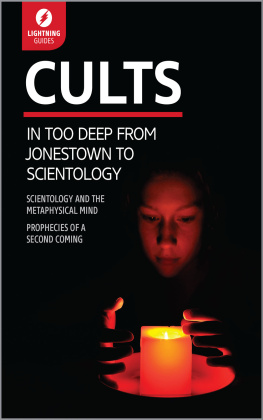
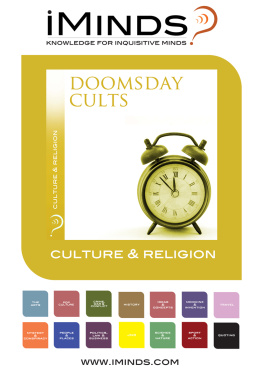

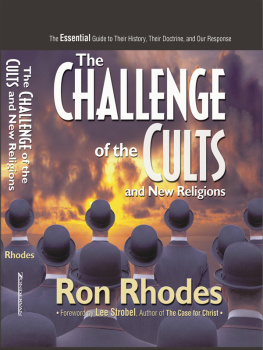

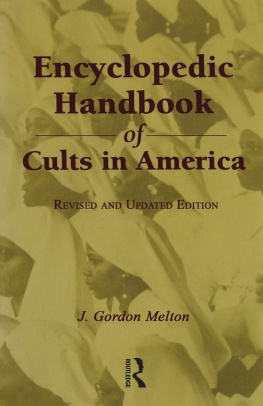
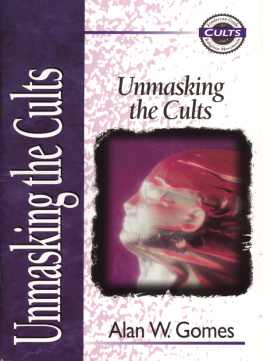
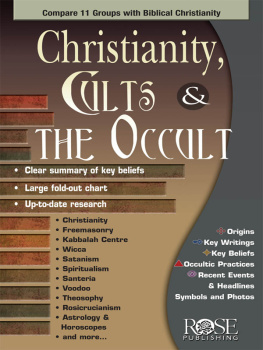

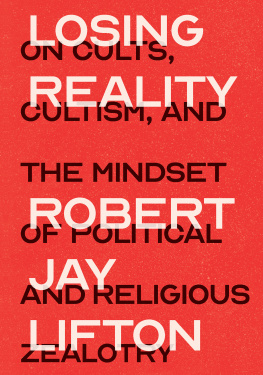

 TM The paper used in this publication meets the minimum requirements of American National Standard for Information Sciences Permanence of Paper for Printed Library Materials, ANSI/NISO Z39.48-1992.
TM The paper used in this publication meets the minimum requirements of American National Standard for Information Sciences Permanence of Paper for Printed Library Materials, ANSI/NISO Z39.48-1992.